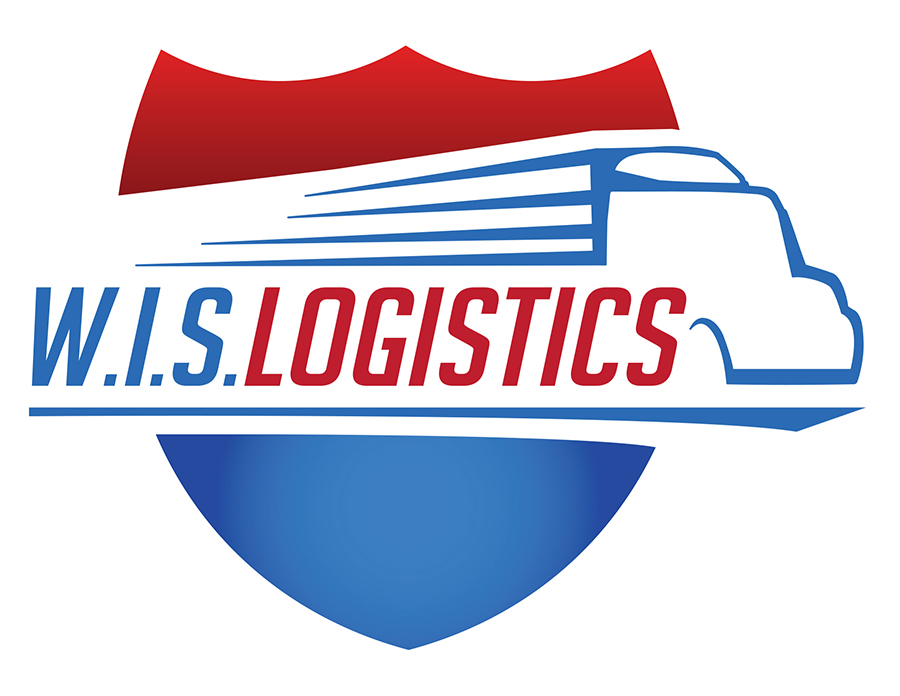While the story of the COVID-19 pandemic is ever-changing, it’s important for us to share the narrative of what’s happening in transportation.
From the start of this challenge to right now, there are many working people doing their best to take care of customers. There is certainly more to contend with to get from point A to point B these days. From highway rest-stop closures, intermittent business shutdowns, the fluctuation of fuel prices to “closed” states and protestors, we have been and still are being tested in myriad ways.
Here is what we are seeing:
Fuel: With diesel prices continuing to fluctuate, it allowed some transportation companies like Union Pacific to report an increase in Q1 of 5.7%. They attribute the increase to a 10% drop in diesel prices. And while diesel fuel is on the rise, it is well below January 2020 prices. For diesel to return to 2020 rates, it would need to reach $3.06 per gallon.
Infrastructure: House Democrats have been pushing for a long-term infrastructure legislation since before COVID-19. With everyone’s attention turned toward the pandemic, there have been some delays. Senator Ben Cardin said recently, “There’s a strong bipartisan support for roads, bridges, transit systems to improve connectivity through the digital divide on broadband.” While it looks like the most recent stimulus bill will have some funding for infrastructure, there is still much discussion on how to fund it, and where exactly the money should go.
Equipment: Most of the larger manufacturers reported a Q1 decline in revenue of 16%-17% in 2020. Throughout 2020, businesses were leery of taking sizable risks such as purchasing equipment or companies, and there were concerns about conducting business deals on Zoom meetings.
One suggestion was to enact a World War I era federal tax (Excise Tax) for the sale of new trucks and trailers. Modernize the Truck Fleet (MTF) Coalition asked congressional leaders to suspend this tax through 2021. The once needed 3% tax that was intended to help pay for World War I, is now 12% and a barrier to the purchase of new equipment.
Driver shortage: Before COVID-19, the American Trucking Associations (ATA) declared that the industry was short by some 60,000 drivers. Due to a drop in demand for trucking, this has been somewhat alleviated. However, when the economy bounces back, so will the driver shortage, possible worse than before. The trucking industry now has about 80,000 fewer available drivers compared to November of 2019. And because of CDC guidelines limiting the number of people in the truck during training and the number of students per class, it is expected that the number of people who receive CDL licenses each year will decrease.
Find out more about the driver shortage: https://www.cnbc.com/2021/02/23/essential-jobs-why-trucking-companies-are-hiring-new-workers.html
Package deliveries: No surprise, that residential deliveries have increased to almost 70% of UPS reported deliveries. Increased residential deliveries mean higher delivery costs, which is why their Q1 2020 revenue was up and their net income down. Online grocery delivery companies, like Peapod, have also been able to increase sales by 42%.
Capacity: In Q1 and into Q2 2020, there was an overall decline in trucking. This decline hit the auto industry and manufacturing particularly hard which impacted everybody in freight. Even with an increase in consumer goods, (food and beverage, retail, paper and technology), many independent trucking companies have gone out of business and more are expected to follow. This will cause a capacity crunch now and into the future.
Drivers: Initially, there was some concern about drivers and their ability to deliver product. Within days, individual businesses created new guidelines for everyone who entered their premises. Drivers were met with a thermometer and a multi-question survey. Some even reported that blood tests and medical documents were required to deliver. After some initial hysteria, businesses were able to put together protocols that protected employees and allowed drivers to deliver without invasive procedures.
Add to that states who were “shutting down” and all that it entailed. Each state was different. Some started closing rest stops and some gas stations closed their lobbies. The question was, how are these drivers going to take a trip across multiple states to get to their delivery?
Then, something beautiful happened. Many people were overcome with gratitude toward drivers, health care professionals, and others who are on the front lines. For too long we all confidently went to the grocery store and expected to find what was on the list. As we struggled to find essential supplies, there was a new appreciation for those who helps us get what we need and want – especially toilet paper when every store within miles is out.
Despite the challenges of the past year, we found ways to persevere. The overall outlook for the transportation industry is guardedly optimistic right now. Experts believe the industry will reestablish itself, find balance and increased opportunity. Everything depends on the course of this pandemic over the coming year.
